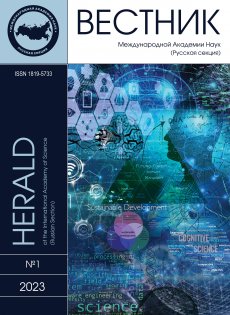FROM CHRONORISK TO CHRONOTHERAPY, WITH FOCUS ON THE CARDIOVASCULAR SYSTEM
Cornelissen G., Beaty L.A., Gubin D., Siegelova J., Havelkova A., Otsuka K.
Abstract
An organism’s response to a given stimulus changes predictably depending on the time of its administration, due in large part to the endogenous circadian system. Such changes in susceptibility to a wide variety of stimuli led to the concept of chronorisk to reflect the hours of changing resistance to external agents. Chronorisk also constitutes the foundation for the fields of chronotherapy and chronopharmacology, as circadian rhythms affect all aspects of pharmacology, from absorption and distribution to metabolism and excretion. Recent advances in chronobiology indicated how circadian disruption relates to increased disease risk, and brought awareness about inter-individual disparities in circadian phase (approximated by chronotype). The principle of chronotherapy has evolved accordingly. New studies bring evidence for the merit of determining the optimal time to administer a given medication on a personal basis in preference to making general recommendations in terms of time of day. Accounting for the chronodiagnosis in recommending a time to treat, known as chronotheranostics, is one way to personalize chronotherapy, as illustrated for the case of blood pressure disorders. We present different approaches to chronotherapy and discuss the relative merits of several study designs for personalized chronotherapy. Keywords: biorhythms6 circadian rhythms, chronorisk, chronotherapy, chronoteranostics
Language: english
Summary
Cornelissen G., Beaty L.A., Gubin D., Siegelova J., Havelkova A., Otsuka K.
FROM CHRONORISK TO CHRONOTHERAPY, WITH FOCUS ON THE CARDIOVASCULAR SYSTEM // Electronic periodical “Herald of the International Academy of Sciences. Russian Section”, 2023. Issue #1: 29—38
